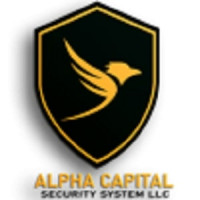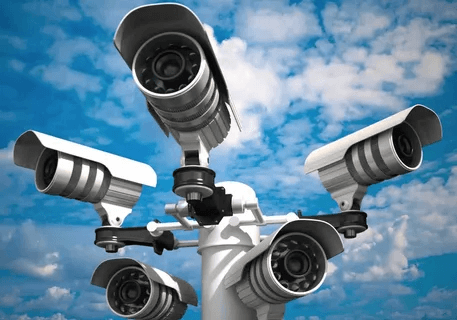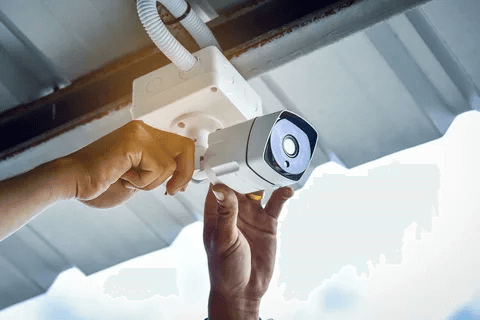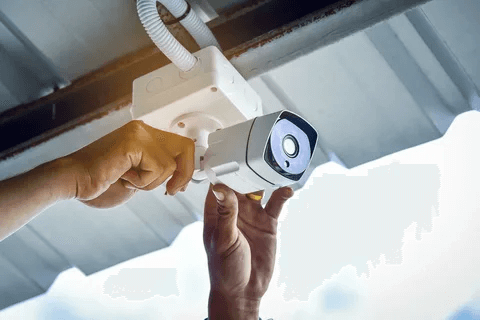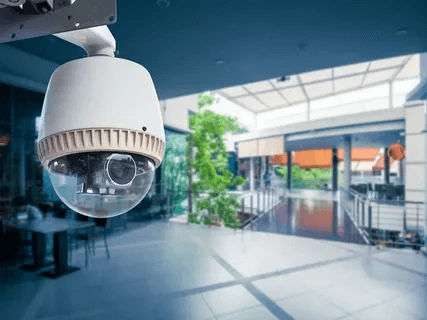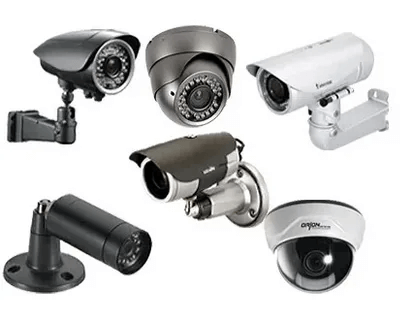How to perform a diagnostic check on CCTV cameras remotely?
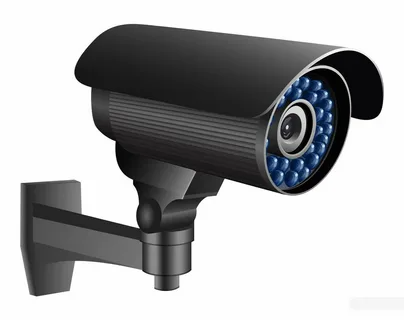
Strong 8k brings an ultra-HD IPTV experience to your living room and your pocket.
CCTV cameras play a vital role in modern security systems, providing real-time surveillance and peace of mind. However, like any electronic equipment, they can face issues over time that may affect their performance. While many problems can be resolved through manual inspection, remote diagnostic checks offer a convenient and efficient way to monitor the health of your CCTV system without the need for physical presence. Consulting a Security Company can help you with the tools and expertise required to perform these diagnostic checks and ensure your system operates at optimal efficiency.
The Importance of Remote Diagnostic Checks
A remote diagnostic check allows security professionals and system administrators to monitor the performance of CCTV cameras without being physically present at the installation site. This process saves time, reduces the need for on-site visits, and can identify problems early, preventing potential system failures. Remote diagnostics also enable continuous surveillance, ensuring that any issues are addressed promptly before they compromise security.
With the advent of smart security systems and networked cameras, remote diagnostic capabilities have become increasingly accessible. Most modern CCTV systems come equipped with remote management tools that can be accessed from a computer or mobile device, allowing you to troubleshoot and maintain the system with ease.
Ensuring Remote Access to Your CCTV System
Before performing any remote diagnostic checks, it’s essential to ensure that you have remote access to your CCTV system. Most modern CCTV systems allow for remote monitoring through network video recorders (NVRs) or digital video recorders (DVRs), both of which offer features for remote access. You can connect to the system using a computer, smartphone, or tablet through a dedicated app or software provided by the manufacturer.
To enable remote access, make sure that:
The CCTV cameras and recording devices are properly connected to a network (via Wi-Fi or Ethernet).
The necessary ports are opened on the router to allow external access (if required).
The remote access credentials (username, password) are set up securely to avoid unauthorized access.
Once the system is configured, you can proceed with performing the diagnostic check from anywhere with internet access.
Monitoring Camera Status and Video Feed
One of the first aspects to check when performing a remote diagnostic is the camera's live video feed. The video feed should be clear and free of any disruptions or artifacts. If the video feed is blurry, frozen, or missing entirely, it could indicate a number of issues, such as poor connectivity, faulty cables, or damaged camera hardware.
You can access the camera feed through the NVR or DVR interface, which will allow you to view each camera’s live feed. Pay attention to the following:
Video quality: Ensure that the feed is clear and in the correct resolution. Low-quality footage may point to a malfunctioning camera or network problems.
Audio: If your cameras are equipped with audio capabilities, check if the sound is clear and synchronized with the video.
Frame rate: Ensure that the camera's frame rate is consistent. A low frame rate can result in jerky or delayed video.
If any issues are detected, you can further investigate whether the problem lies with the camera hardware, network settings, or the software configuration.
Checking Camera Connectivity
Camera connectivity is crucial for smooth operation. If a camera is not showing a feed or is experiencing delays, it might be disconnected from the network or have trouble communicating with the NVR or DVR. The diagnostic process should include checking the connectivity status of each camera.
For IP cameras: Check if the camera is online and reachable through the network. If you cannot access the camera remotely, there might be an issue with the network settings, IP address conflicts, or the camera’s power source.
For analog cameras: Make sure the video signal is being transmitted correctly to the recorder. You can perform this check by reviewing the cable connections and verifying that the video signal is being processed by the DVR.
A reliable network connection is essential for both video and audio data transmission, and ensuring this connectivity remotely will help diagnose any problems effectively.
Analyzing System Performance and Resource Usage
Remote diagnostic checks should also include an analysis of the overall performance of the CCTV system. This can involve evaluating the system’s resource usage, such as storage, CPU usage, and memory. Analyzing the performance helps determine whether the system is operating at full capacity or if any areas need attention.
Storage: Check if the hard drive or cloud storage is nearing full capacity. If the storage is almost full, it could cause the system to lag or stop recording new footage.
CPU usage: High CPU usage could indicate that the system is struggling to process video data, potentially due to the high number of cameras or the resolution settings.
Memory: Ensure that the system’s RAM is functioning optimally and not being overloaded, as this can lead to performance issues.
By reviewing these system parameters remotely, you can determine whether upgrades or changes are necessary to maintain optimal performance.
Reviewing Camera Settings and Configuration
Sometimes issues with CCTV cameras are not related to the hardware or connectivity but rather to the configuration settings. A diagnostic check should include reviewing camera settings to ensure they are properly configured. This includes:
Motion detection: Verify if motion detection zones are set correctly and that the cameras are triggering the correct responses.
Recording schedules: Check the recording schedules for each camera to ensure that they are programmed correctly for continuous or event-based recording.
Alerts and notifications: Confirm that the system is configured to send alerts and notifications if a camera goes offline or detects motion, ensuring you are always informed of any issues.
These settings can be reviewed and adjusted remotely via the system’s interface, which allows you to fine-tune configurations as necessary.
Running Diagnostic Tools and Software
Many modern CCTV systems come with built-in diagnostic tools that help identify and resolve common issues automatically. These tools can run system checks that examine all connected cameras and provide detailed reports on their health. These diagnostic tools can identify problems such as connectivity issues, low bandwidth, outdated firmware, or faulty components.
Firmware updates: Ensure that all cameras and devices have the latest firmware installed. Outdated firmware can cause compatibility issues or lead to reduced functionality.
Error logs: Review the system’s error logs to identify any recurring issues that may need to be addressed. Error logs can provide insights into camera malfunctions, network disruptions, or storage problems.
Running these diagnostic tools regularly will help prevent potential issues from becoming major problems and ensure that your CCTV system remains fully functional.
Conclusion
Performing a diagnostic check on CCTV cameras remotely is a crucial aspect of maintaining an effective security system. By utilizing remote access tools and diagnostic software, property owners and security professionals can quickly identify and resolve issues without the need for on-site intervention. Monitoring video feeds, checking connectivity, analyzing system performance, and reviewing camera settings are all vital steps in ensuring your CCTV system operates smoothly. Regular remote diagnostics can help prevent downtime, reduce the need for costly repairs, and enhance the overall reliability of your CCTV system.
Note: IndiBlogHub features both user-submitted and editorial content. We do not verify third-party contributions. Read our Disclaimer and Privacy Policyfor details.

